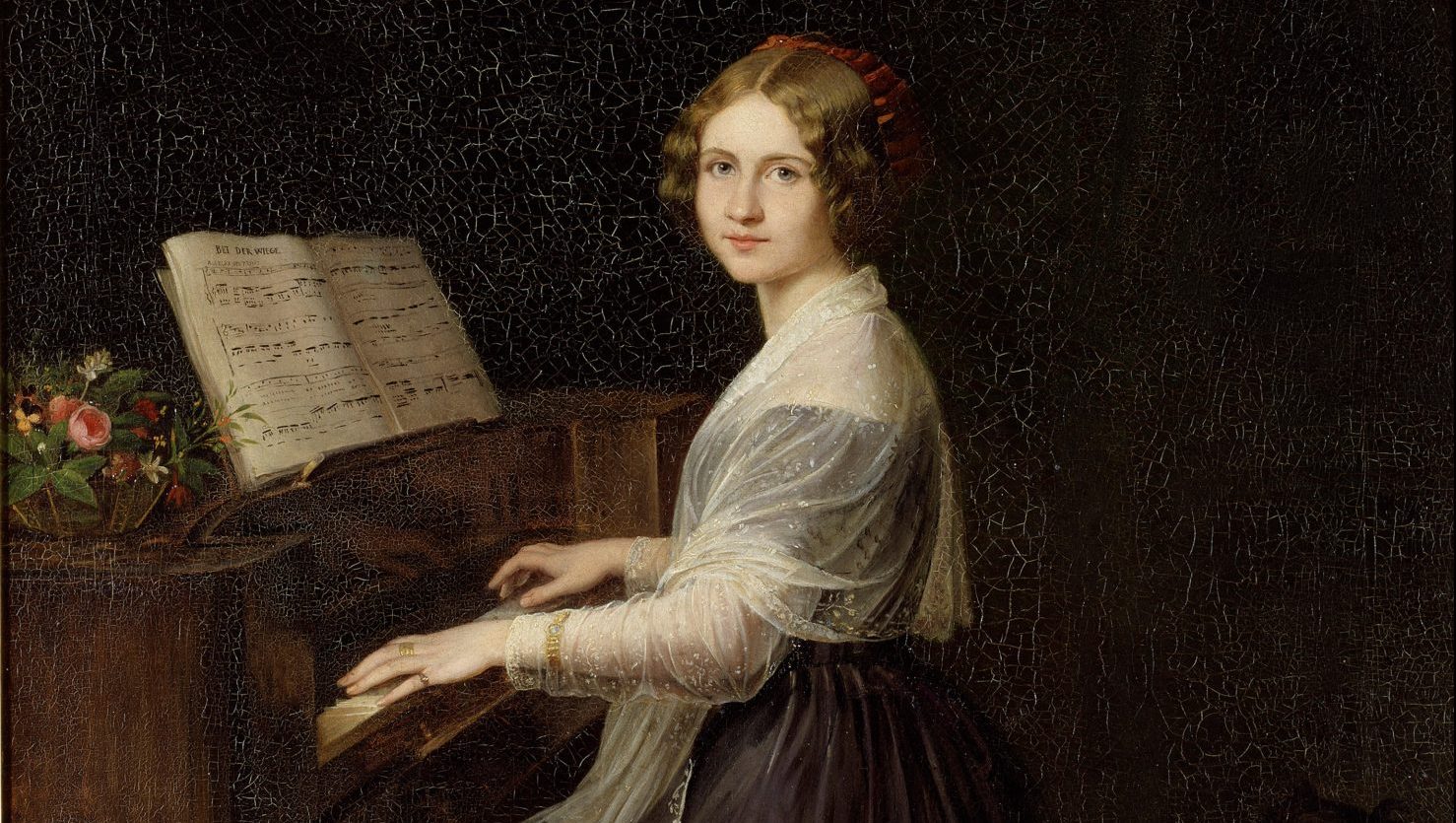The notice comprised barely five lines in The Era newspaper on August 4, 1883, easy to miss on a text-heavy page titled Provincial Theatricals.
“Malvern Royal Spa Hall”, it read. “A concert in aid of the Great Western Railway Servants’ Benevolent Fund has just been held here. Madame LindGoldschmidt, Miss Hilda Wilson, Otto Goldschmidt and other prominent artists kindly gave their services, and a handsome sum was raised.”
The 62-year-old Mrs LindGoldschmidt, accompanied by her husband Otto, sang Lift Thine Eyes up to the Mountains from Mendelssohn’s oratorio Elijah that night, followed by a duet with Miss Wilson, Rubenstein’s Song of the Birds.
The audience enjoyed the programme and a good cause received a welcome windfall, yet that summer evening, among the Worcestershire hills, had a far wider significance than a passing mention in a theatrical weekly might suggest. The fundraiser also marked the last ever public performance by Mrs Lind-Goldschmidt, better known to posterity as Jenny Lind.
Although she was born more than 200 years ago the Jenny Lind story has a distinctly modern feel. She blazed to extraordinary global fame at a young age, burned brightly then burned out, withdrawing from the spotlight in her early thirties, exhausted physically and mentally by a draining schedule of tours and performances.
In her prime, Lind attained a level of celebrity unprecedented for any kind of performer, a 20th-century kind of fame that played out in the middle of the 19th.
On Lind’s first tour of Britain in 1847, Queen Victoria tossed a bouquet from the royal box to land on the stage at her feet. On three occasions the House of Commons found itself inquorate as so many MPs had gone to see Lind sing.
The Duke of Wellington attended every one of her London performances and would call out, “how do you do?” when Lind arrived on the stage every evening.
At the conclusion of the tour so many people were expected to watch her depart Liverpool by ship that police asked her to leave unannounced two hours earlier than advertised, so concerned were they about potential casualties among huge crowds pressing for a glimpse of their idol.
Hans Christian Andersen was so smitten by Lind that he wrote The Ugly Duckling and The Emperor and the Nightingale for her (and when Lind proved impervious to his romantic overtures he based his Snow Queen, with her heart of ice, on the singer). She inspired Felix Mendelssohn to new compositional heights — the Elijah she sang that night in Malvern was written especially for her — and to write her passionate letters of unrequited love, even threatening suicide if she did not respond to his advances. Her allure spread far beyond writers and composers. As she travelled, ships, streets, parks, pubs and even a whole district of Glasgow were named after her.
Her face appeared on a range of merchandise from handkerchiefs to candle snuffers via Jenny Lindbranded fans, soap and perfume. There were even Jenny Lind potatoes, the blue specks on their skin marketed as matching the colour of her eyes.
Lind was a celebrity on a colossal scale yet by all accounts she remained firmly grounded and retained a strong sense of social responsibility — over the course of her life it’s probable she gave more benefit concerts for good causes than regular paying performances — and kept a level of control on her career that ultimately enabled her to live life on her own terms.
She also lived up to the hype. Her voice was like nothing anyone had ever heard, as pure as crystal and ranging across two octaves, the higher register in particular rich, powerful and expressive.
To her natural talent and technical brilliance, Lind added a warmth of personality that won over crowds wherever she performed. She was the complete artist.
“In my whole life I have not seen an artistic nature so noble, so genuine, so true as that of Jenny Lind,” wrote Mendelssohn. “Natural gifts, study and depth of feeling I have never seen united to the same degree, and although one of these qualities may have been more prominent in other persons the combination of all three has never existed before.”
When Lind made her London debut in May 1847, The Times recounted how, “the uproar that greeted her entrance is something to be remembered, not described”. Having noted the thunderous cheering and waving of hats and handkerchiefs that heralded her arrival on stage, the correspondent continued: “It was not like the encouragement given to a debutante but the welcome given to an established favourite, a declaration of existing sympathy… and all this enthusiasm was displayed before Mademoiselle Jenny Lind had sung a note”.
Three years later Lind was crossing the Atlantic to become the first European musical artiste ever to break America. She’d accepted a contract offer from P.T. Barnum to undertake 150 concerts in the USA and Cuba, her fees from which would set her up for life and enable her to undertake a range of charitable projects in her native Sweden, including the endowment of free schools for poor children.
When her ship docked in New York in September 1850, 30,000 people were waiting to greet the woman dubbed the Swedish Nightingale, only a tiny handful of whom could ever have heard her sing. The tour was wildly successful and utterly exhausting, running for two years during which she married her accompanist, Otto Goldschmidt, and announced her retirement from the operatic stage at the age of just 31.
On returning from the US the couple settled first in Dresden and then in Herefordshire, where Lind continued to give occasional recitals. She trained the sopranos in her husband’s Bach choir and in 1882 was appointed professor of singing at the newly opened Royal College of Music in London.
The following year she gave that final performance in Malvern’s Royal Spa Hall. There was no monarch throwing bouquets this time and no heaving crowds waiting to greet her, but Jenny Lind wouldn’t have minded that as long as a worthy cause saw the proceeds.
It’s possible that as she left the hall that night, the last blushes of the day’s sunshine still glowing beyond the hills, she thought back to how it all started, at the widow’s almshouse in Stockholm where her grandmother lived and where as a young girl she would sit by the open window and sing to her cat.
One afternoon the lady’s maid of a principal performer at the Swedish Royal Opera House happened to hear her, setting the wheels in motion that secured a scholarship to the Royal Opera School and launched one of Europe’s most sensational musical careers.




